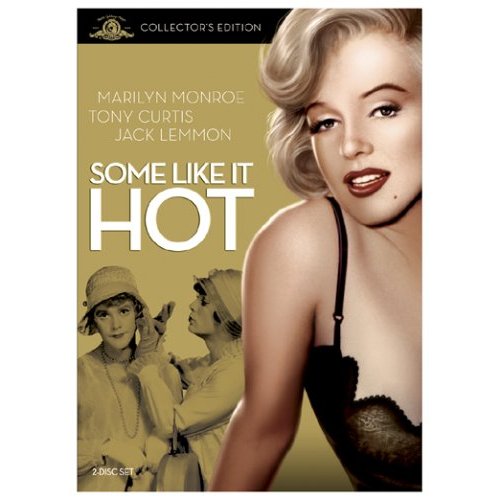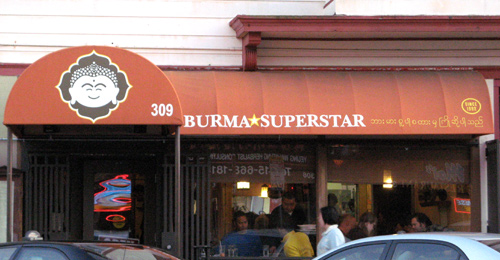It’s one of the many benefits of living in
San Francisco that you get regaled with events like the
Ethnic Dance Festival, four weeks of choreographic candy, with tens of troupes and individual artists performing at the
Palace of Fine Arts. The palace itself is an architectural jewel, but more about that in another post, dedicated exclusively to urban planning. (I’m learning the subtle art of the teaser…)
Last Saturday night we watched the last performance of the season, with a lineup that started off with a Christian ceremony grafted on pagan roots from Nayarit, Mexico, and ending with Las Bomberas de la Bahia, a Puerto Rican group of women-only performers that sang and danced to the rhythm of drums made out of rum barrels (barilles the bomba).
As it usually happens, some of the performances spoke more to me than others and I’m sure my own cultural background filtered everything to match my own paradigm, which is a pretentious way of saying – I liked some dances better than others, but that’s not a judgment on their intrinsic value. That said, three performances really stood out for me: an ensemble from Zimbabwe, a Bolivian troupe and an Oakland-based hip-hop group.
In hindsight, it shouldn’t have surprised me that such very different performances would move me so deeply. I could even break them down according to Freud’s Id, Ego, Superego. The
Zimbabwean dance carried with it a wildness and a purity of spirit that only cultures very close to the land still posses nowadays. From the toils of agricultural work as only means of subsistence to the abandon of celebration, the Zimbabwean dance reminded me of things our polished surroundings, sterile meeting rooms and buttoned-up social reunions have long ceased to offer: a genuine connection to one’s surroundings, expressed through movement. I’ll let you guess with which facet of my personality this performance resonated.
Bolivia Corazon de America was a feast for the eyes that catered to my inner child. Their dance, Magical Encounters in the Altiplano, told the story of a indiecita (indigenous woman) who runs into a gathering of surreal, humanized birds called suri. She’s fascinated by them – the dancers have huge feather headdresses that spin like ethereal flowers. Eventually, after hanging out with the birds for a while, she becomes a bird in her own right: a Cinderella story for the avian kingdom and a visual delight that transported me back to my days in junior high when I skipped school to read Quetzalcoatl in bed with a thermometer in my mouth, faking the flu.
 |
| Here you can see one of the enormous Bolivian headdresses |
Last, but by no means least, A Rose that Grows from the Concrete. Where to begin? I’ll take it chronologically. First, about
thirty or so kids of all sizes and ages burst onto the scene, dressed in shades of gray, black and red. I stared in disbelief at this motley assortment of inner-city kids, none of which looked like professional dancers or even particularly graceful. And then they started dancing! I was quickly ashamed of my intital judgmental reaction: these kids not only could dance, they could rock out to the tune of a poem recited by a rather unpoetic voice, combined with Motown and hip-hop tunes that created a dissonant effect. I can think of no better incarnation of the Rose from the Concrete metaphor. The effect was one of heart-breaking realism, the kind of art that holds a mirror in the face of life and thrives from its imperfections. And as it turns out, the lyrics were written by Tupac Shakur, himself an icon of the pitfalls of urban coexistence.
I’ll leave you with his hopeful, sad and incredibly urgent-feeling lyrics:
“Did you hear about the rose that grew
From a crack in the concrete?
Provin’ nature’s laws wrong it
Learned how to walk without having feet
Funny it seems, but keeping its dreams
It learned how to breathe FRESH air
Long live the rose that grew from the concrete
When no one else even cared…”
 Sometimes, in certain places, under certain circumstances, magic can still take place, even in this profoundly pragmatic world we’re living in. Such was the case last night. Between exactly 8:00 and 9:25 PM in Oakland, California, USA, an undeniable bit of musical magic happened on the stage of Yoshi’s (accomplished sushi restaurant and excellent jazz venue): Charlie Hunter’s 11th annual holiday show, with the unexpected addition of tap dancing prodigy Tamango Vancayseele.
Sometimes, in certain places, under certain circumstances, magic can still take place, even in this profoundly pragmatic world we’re living in. Such was the case last night. Between exactly 8:00 and 9:25 PM in Oakland, California, USA, an undeniable bit of musical magic happened on the stage of Yoshi’s (accomplished sushi restaurant and excellent jazz venue): Charlie Hunter’s 11th annual holiday show, with the unexpected addition of tap dancing prodigy Tamango Vancayseele.



































